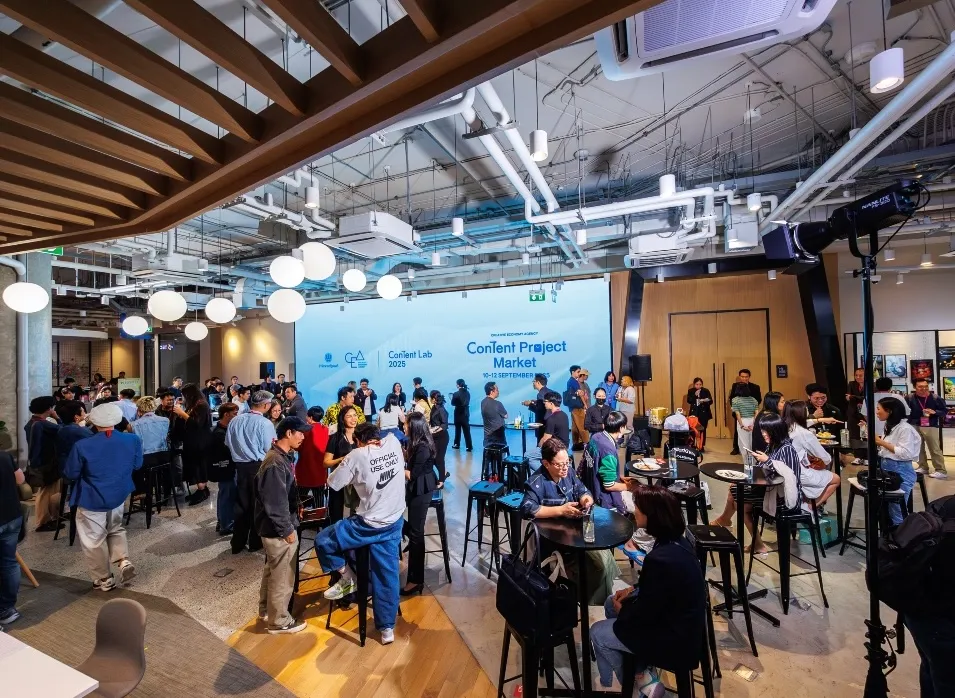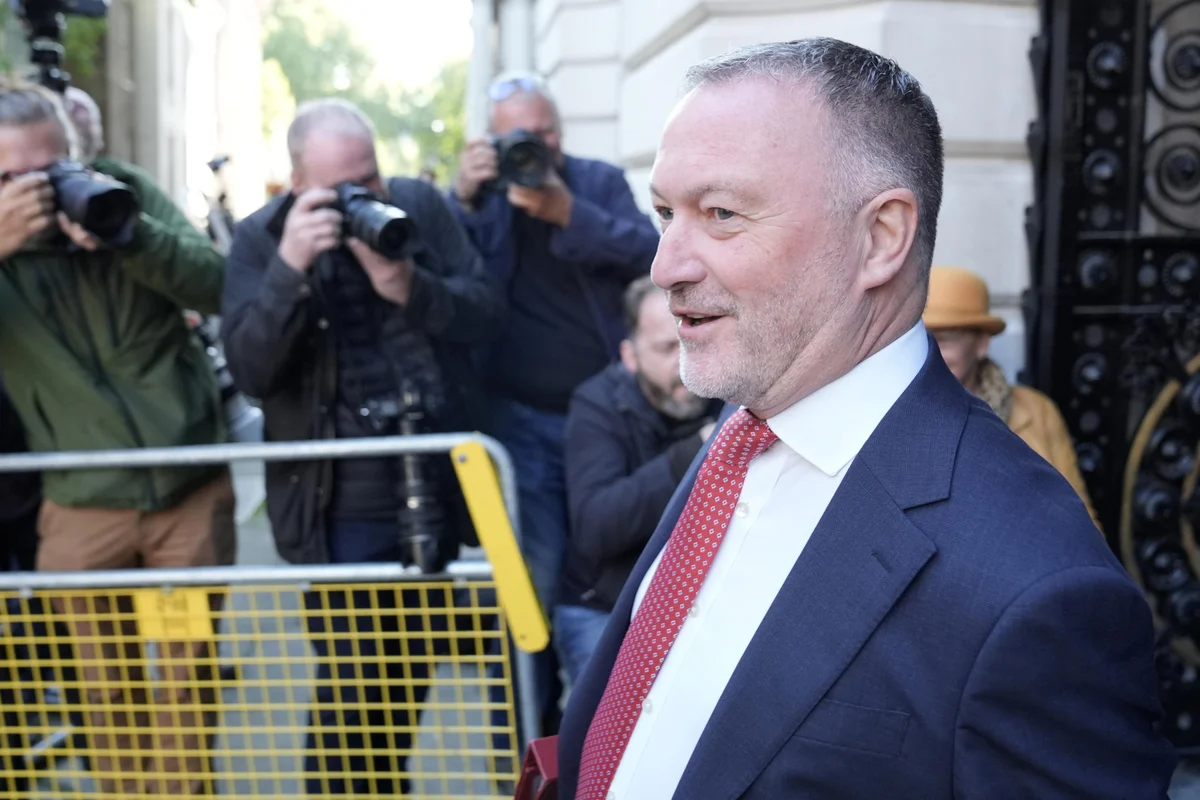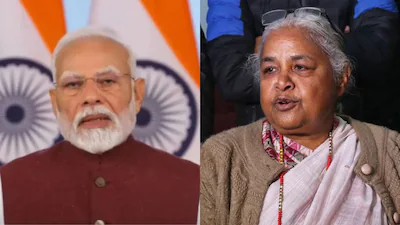
Most have more tattoos than degrees. They’re open about financial struggles, such as the threat of foreclosure. And they share a belief that a relentless focus on cost-of-living issues, animated by a blistering critique of billionaires and corporations, is what voters in their communities want to hear.
Plenty of Democratic candidates have put forward such a populist message before — none more significantly than Senator Bernie Sanders of Vermont, the de facto leader of the left. This year’s crop of working-class candidates does not sound much different, on substance, than the many Democrats who have run on anti-establishment, soak-the-rich platforms in recent years.
The difference could be, however, that these hopefuls talk — and look — different than the typical Democratic candidate for office. Believing that the messenger matters, too, these candidates see an opportunity to address what they see as a weakness in politics: that too few workers are the ones delivering campaign pitches aimed at workers and, more specifically, men.
Like Bob Brooks, who is running for a House seat in a swing district based in Pennsylvania’s Lehigh Valley. He juggled jobs delivering Domino’s Pizzas, driving Budweiser trucks, and washing dishes before becoming a firefighter and union leader; he still runs a snowplow and landscaping business on the side.
“I worked with a lot of guys who were Democrats who feel Democrats don’t care about them anymore,” Brooks told the Globe.
The voters in the district he hopes to represent, he said, are working, blue-collar people. “I believe and I hope when they listen to me and talk to me, they’ll see themselves, and see that someone’s finally listening to us.”
Or, as Graham Platner, a veteran and oyster farmer who is challenging Senator Susan Collins in Maine, put it: “If we want to have a politics that represents working people, we certainly need a lot more working people in politics … To me, it doesn’t seem all that complicated.”
Since 2016, when Trump first won over many of the working-class voters who once made up the backbone of the Democratic coalition, the party has been agonizing over how to win them back.
“We used to be the party of the working class. We used to be the party that would look out for everybody and speak up for everybody, not preach down to them,” said Representative Seth Moulton, a Salem Democrat, in an interview. “And we’ve become the party of the ultra-rich, and candidly, the very poor, and we kind of go around telling everybody how to think, and that’s not a way to expand our majority.”
The 2024 election appeared to be an inflection point for that political shift. Last year, Trump doubled his margin of victory among voters without a four-year college degree, according to a Pew Research study conducted after the election. It also found that for the first time in his three elections, Trump won with men across every age demographic.
A Globe analysis of exit polls in the seven swing states found Trump won men, on average, by 12.5 points, while Democratic candidate Kamala Harris’s performance among woman averaged 6.7 points — a gap of nearly two to one in favor of Republicans.
The stakes are monumental for Democrats, who are aiming to flip the House — where they face a narrow deficit — and the Senate, where they face longer odds of winning a majority this cycle.
But with the mood of the party and the country blowing in an ever more antiestablishment direction, these blue-collar, populist candidates may find an expanded audience for their appeals.
Consider Logan Forsythe, 36, who launched his campaign this week as a Democrat seeking to take the seat of retiring Kentucky Senator Mitch McConnell. During high school, Forsythe lived in a minivan in rural, poor western Kentucky. He eventually became a Secret Service agent protecting two different presidents before returning to Kentucky, where he is a lawyer for rural clients.
“I grew up in rural Kentucky, which is more representative of the average Kentuckian than anybody who has run for one of these seats in a very long time,” Forsythe told the Globe. “I think that ideology is much more widespread in Kentucky and throughout America. And I think that’s why you’re seeing a lot more candidates with similar backgrounds and similar tattoo coverings entering these races.”
That said, these candidates will rise and fall on their specific messages, said Lakshya Jain, a political data analyst who cofounded Split Ticket, a website that dissects polls and election results.
“These types of candidates are good not because they’re white dudes, but because these specific types of candidates tend to center economic issues more,” said Jain. “The platform of trying to make sure the rich pay their fair share,” he added, is “much more popular than what progressives trotted out the last six years.”
While working-class women candidates on the left have run and found success — Representative Alexandria Ocasio-Cortez of New York, a former bartender, arguably was the first in this mold to find real success in the Trump era — there’s a palpable undercurrent of gruff, macho masculinity to this election cycle’s crop of populist candidates.
Platner, for instance, is filmed throwing around a weighted kettlebell in his launch video. Brooks is shown riding a tractor and then a motorcycle, his tattoos visible in a t-shirt with the sleeves cut off. Dan Osborn, a mechanic and union leader running as a populist independent for Senate in Nebraska, first emerges in his video from underneath a car, wrench in hand.
Notably, several of these candidates — Platner, Osborn, and Iowa hopeful Nathan Sage — have shared as a consultant Joe Calvello, who was a top staffer in the winning campaign of another tattooed populist, Pennsylvania Senator John Fetterman.
Heading into 2026, this cohort’s pivotal challenge could be how they navigate the abysmal perception of the Democratic Party, and progressive politics, among the voters they are working to reach. Many of them echo Sanders, who continues to be used as a foil for national Republicans to paint Democratic candidates who align with him as far-left. (Platner and Brooks both count Sanders as an endorser.)
Some Democrats argue the party needs to reckon with how Republicans’ effective domination of cultural issues increasingly animates the priorities of working-class voters.
“It should be deeply encouraging for the Democratic establishment to see people come forward who are willing to run on these messages, but it also needs to be met with a reality check about what the current electorate looks like,” said Ray Zaccaro, former director of public affairs for the AFL-CIO. “Just having someone who has the appearance of a blue-collar candidate does not address a lot of what has drawn a significant part of the labor base away from the Democratic Party.”
Osborn, in his first run for Senate in Nebraska last year, embraced a strategy that might make some Democrats uncomfortable: he sounded like Sanders when talking about the economy and organized labor, but sounded more like Republicans when talking about immigration. He lost by just over 6 points to Senator Deb Fischer, but posted the strongest performance of any challenger to an incumbent Senate Republican that year.
But candidates like Brooks insist that blue-collar workers vote first and foremost on the basis of their financial livelihoods. “With firemen, the biggest issue is the pocketbook, what’s in their wallet,” he said.
Platner, who said he has yet to receive a call from Democratic campaign leadership — which is reportedly eager to see Governor Janet Mills enter the race — argued that the party needs to step back and allow unconventional candidates the space to garner support.
The conversations in the Democratic political class about “how do we use the magic words?” or “how do we get certain people who look a certain way to say certain things?’” are “very weird to me,” Platner said.
“To me, the goal should be, how do we find good candidates who are going to represent their constituents and the communities they come out of?”



